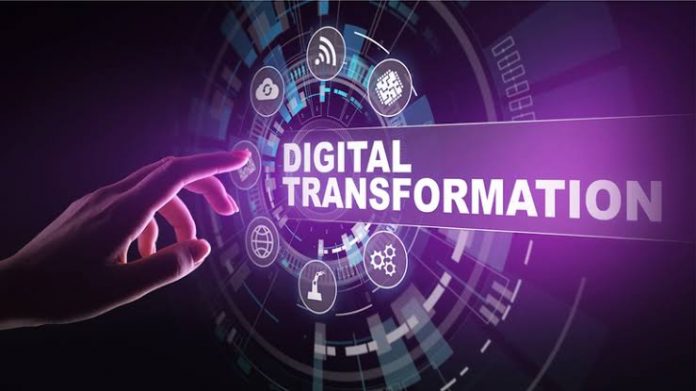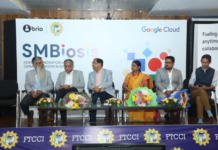Even as companies go gung-ho on digitalisation and digital transformation, are they prepared for a ‘digital COVID’
The COVID-19 virus has forced digital to become a CEO and board-level agenda, while organisations were warming up to digitisation and digital transformation in the pre-pandemic era. The implementation of digital transformation strategies that companies had hoped to execute only by 2025 has been accelerated.
So, what next? How should our digital transformation journey shape in the future? What should be the tools that companies should adopt? What is the learning’s of the pandemic? To discuss these and some more pertinent questions related to digital transformation 2.0, a panel of top tech leaders, came together for a discussion themed around ‘Review & Reboot for Success’, organised by ET and Kissflow. The panel was moderated by Alokesh Bhattacharyya, Senior Editor, ET and Suchetana Ray, Senior Assistant Editor at ET.
The leaders agreed that an enablement for digital transformation has been created by the pandemic, where companies don’t have a ROI conversation. Manpreet Singh Ahuja, Chief Digital Officer at PWC said, “You have to imagine a much bigger purpose of what digital does to the organisation and, hence, don’t just go back to cost as the single-most important driver. That’s like going back to 2017”.
COVID has made organisations come out with alternative business models and also has proved again that necessity is the mother of all invention. Arvind Sivaramakrishnan, CIO at Apollo hospitals said, “But thrusting people into such a situation brought out a lot of innovative practices, which we are able to take forward”. Virtual clinical consultations, for example, have grown as an effective way of administering medical care. Similarly, online purchase of vehicles is also gaining more traction.
Digital transformation happening pre-COVID was mostly about process efficiency, and about optimising what companies were already doing. Now, it’s moving beyond that. Dinesh Varadharajan, Vice-President at Kissflow said, “We are seeing digital transformation as a growth driver. It is no more about efficiency”.
By helping companies deliver customer experience, digital transformation aids growth. Also, it enables value-addition for customers by people in an organisation and aids better decision-making. R Anandakrishnan, Executive Vice-President, Human Resources and Information Technology at TVS Motor Company said, “Cost optimisation is just an output of what you get out of the entire process”.
The transformation is giving rise to a new business model and has not been difficult for most companies. Even it was found easy by non-digital-native companies. The question of ROI was the only thing that was holding them back before. But the pandemic made them take the giant leap. Offering customers more Omni channel experience, these companies began to engage with customers in a digital way.
Most companies have the core systems already automated including the ERPs, CRMs and HCMs, which are already a part of the software stack. However, developed and maintained by the end-users and not the IT departments, there are thousands of applications known as long-tail applications.
The way organisations have adapted to the change is remarkable in this digital transformation journey. Employees know this is the new way of working and the changes are not being pushed down on employees from the top.
Finding the right talent is one of the challenges for companies in this journey, particularly in the manufacturing and the services sector. “Digital talent prefers the technology sector more than the service sector,” said Sivaramakrishnan. The available talent is not as strong as the pace of transformation companies in the sector want. “Attracting and harnessing talent is a challenge,” echoed Anandakrishnan.
Digital-native companies also have their own share of problems. India is a low-trust economy. “How do we build trust when working digitally? Will my manpower have the same efficiency when we move out of COVID times?” asked Manish Lunia, Co-Founder at FlexiLoans.com.
To ensure productivity to make the most of this transformation, companies also need to crack the hybrid workplace model. The whole learning has to disrupt the physical work environment, which collectively will create the new workplace of the future, while the virtual working model has been disrupted through this pandemic.
Even as companies go gung-ho on digitalisation and digital transformation, are they prepared for a ‘digital COVID’, complete loss of data in case there is, for instance, a catastrophic failure of the internet? It is of paramount importance for companies to have digital continuity plan (DCP) and digital recovery (DR) plan.
Also read: Fortinet Announces AI-powered XDR for Fully Automated Threat Detection, Investigation, and Response
Do Follow: CIO News LinkedIn Account | CIO News Facebook | CIO News Youtube | CIO News Twitter






